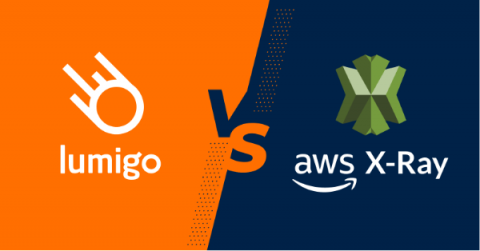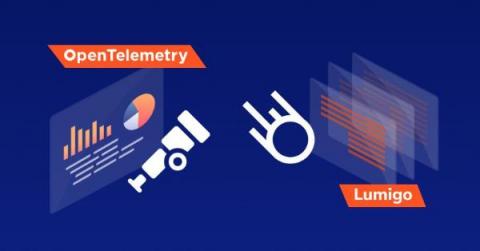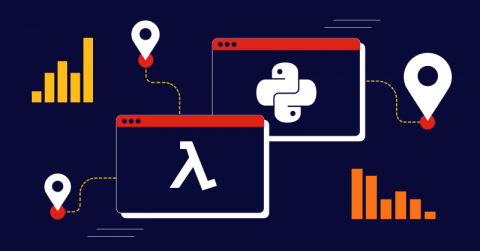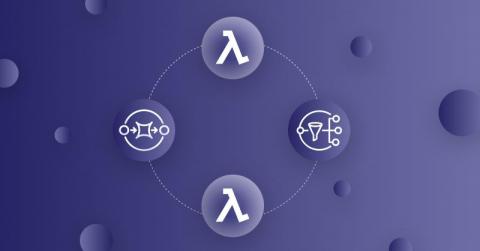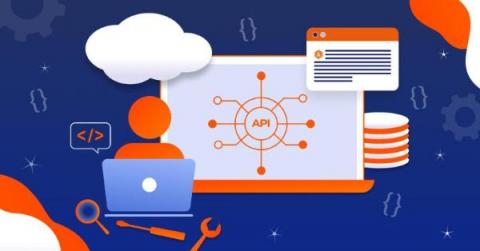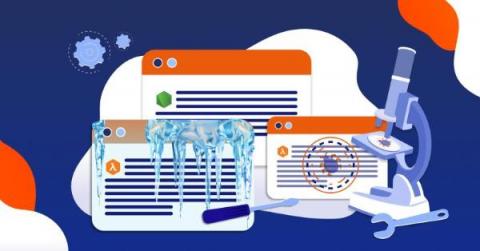Serverless observability: Lumigo or AWS X-Ray
Observability is a measure of how well we are able to infer the internal state of our application from its external outputs. It’s an important measure because it indirectly tells us how well we’d be able to troubleshoot problems that will inevitably arise in production. It’s been one of the hottest buzzwords in the cloud space for the last 5 years and the marketplace is swamped with observability vendors. Different tools employ different methodologies for collecting data.


